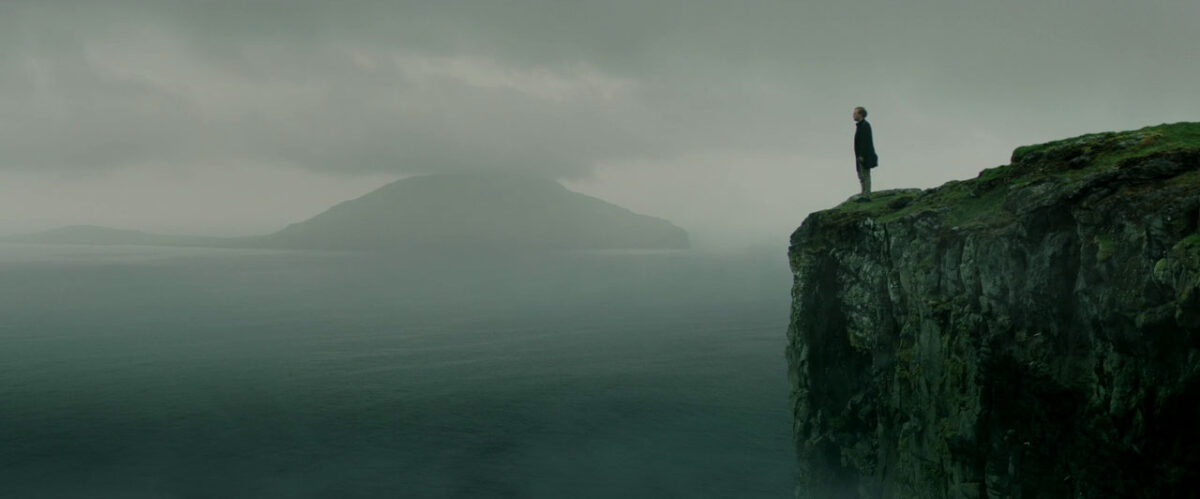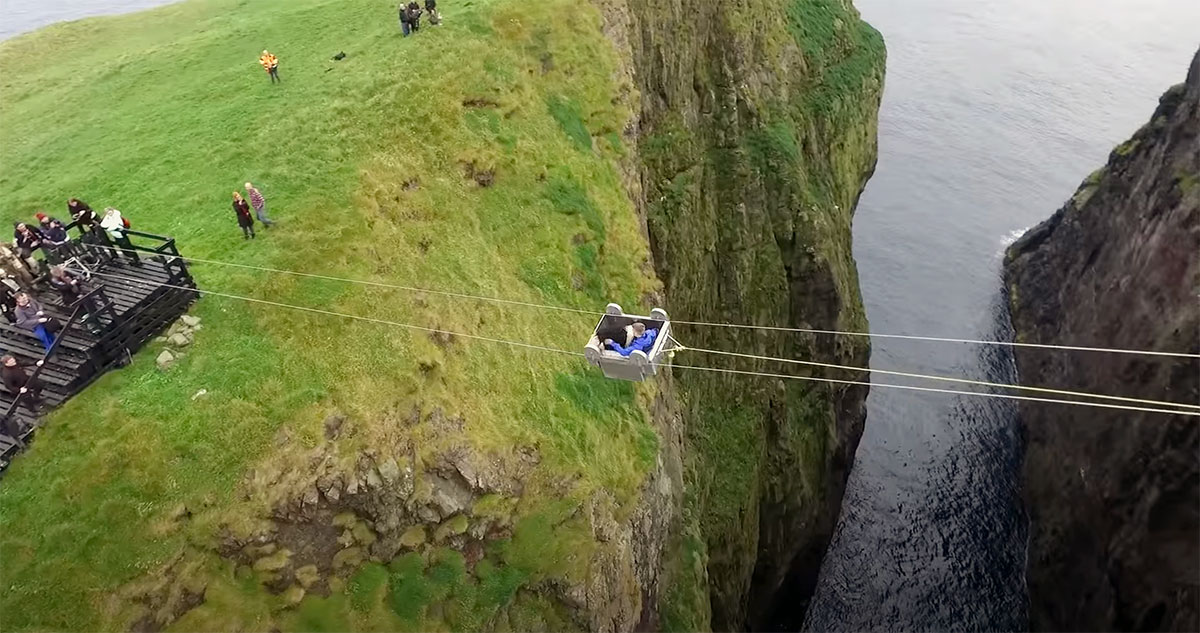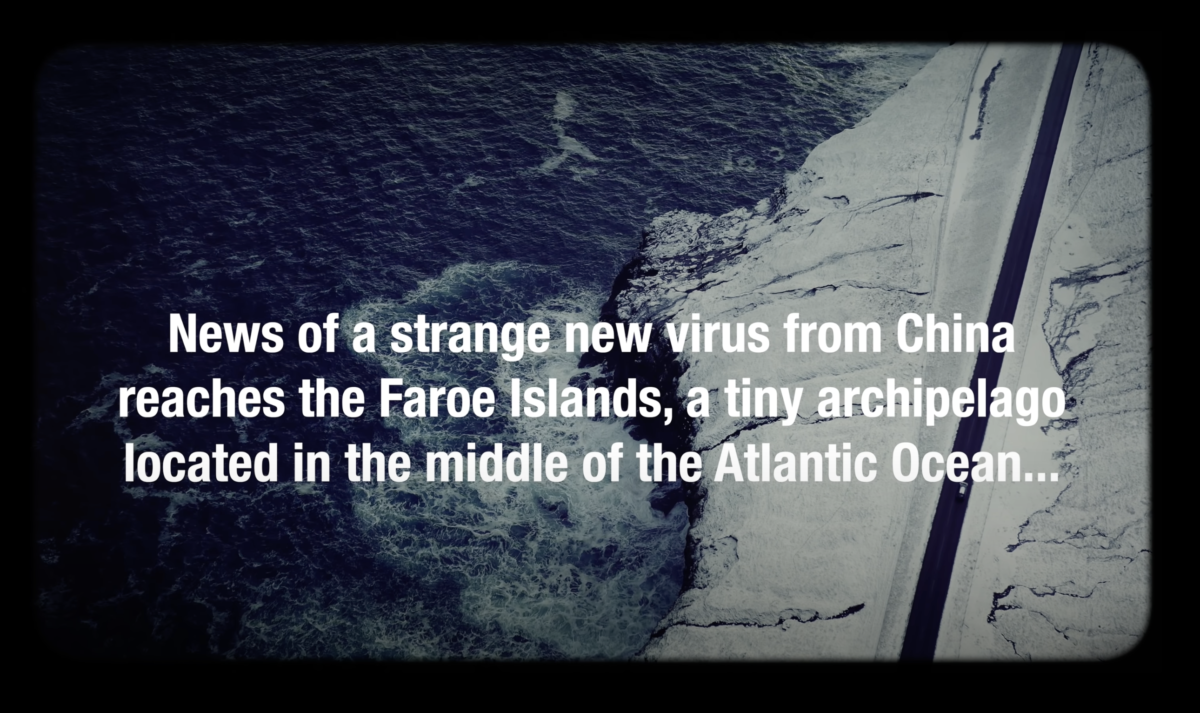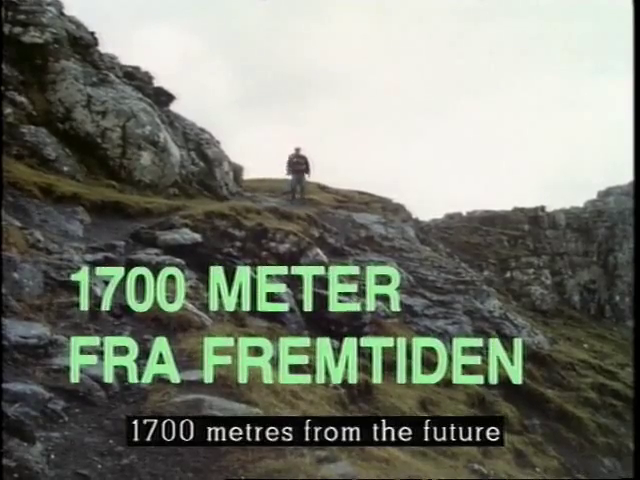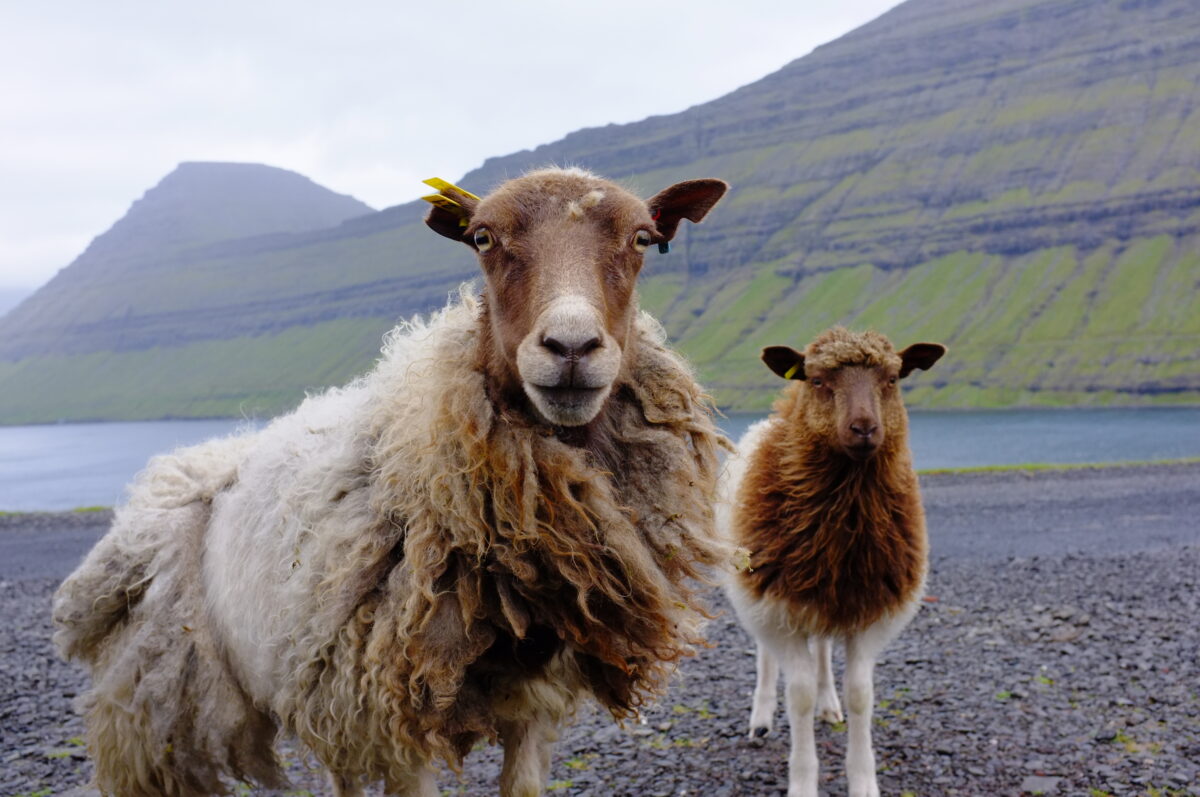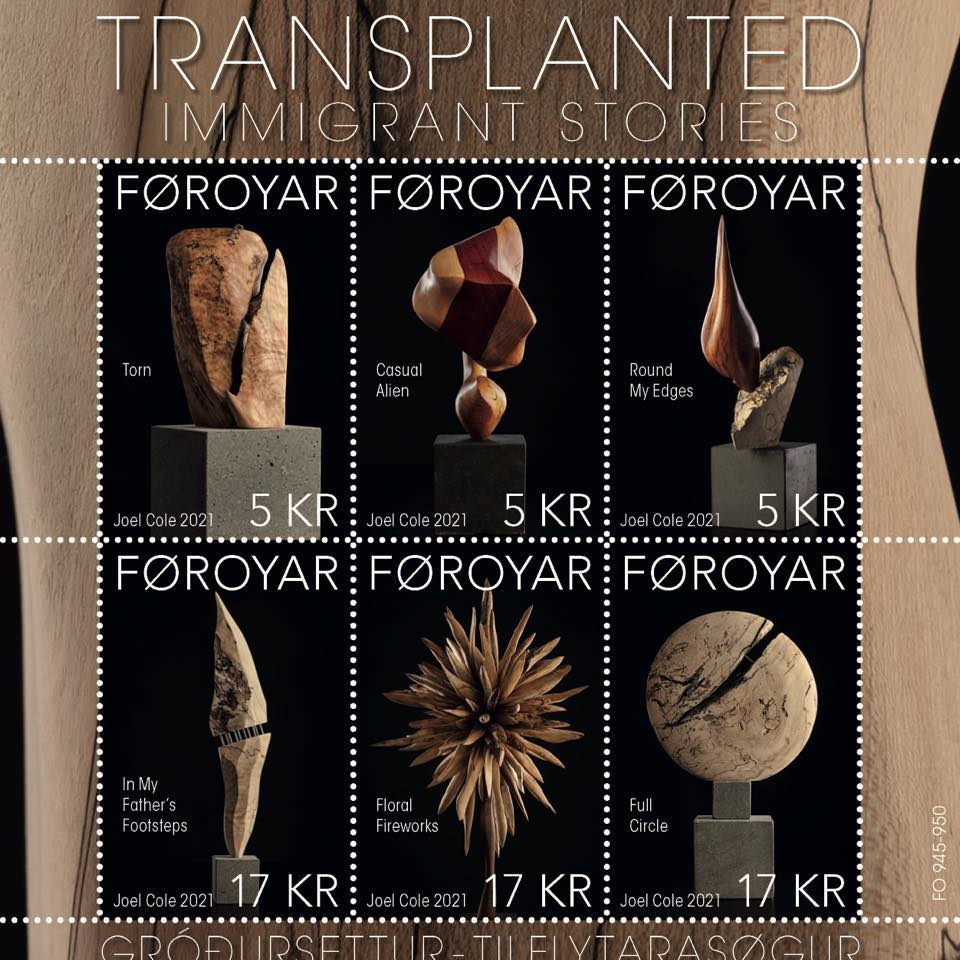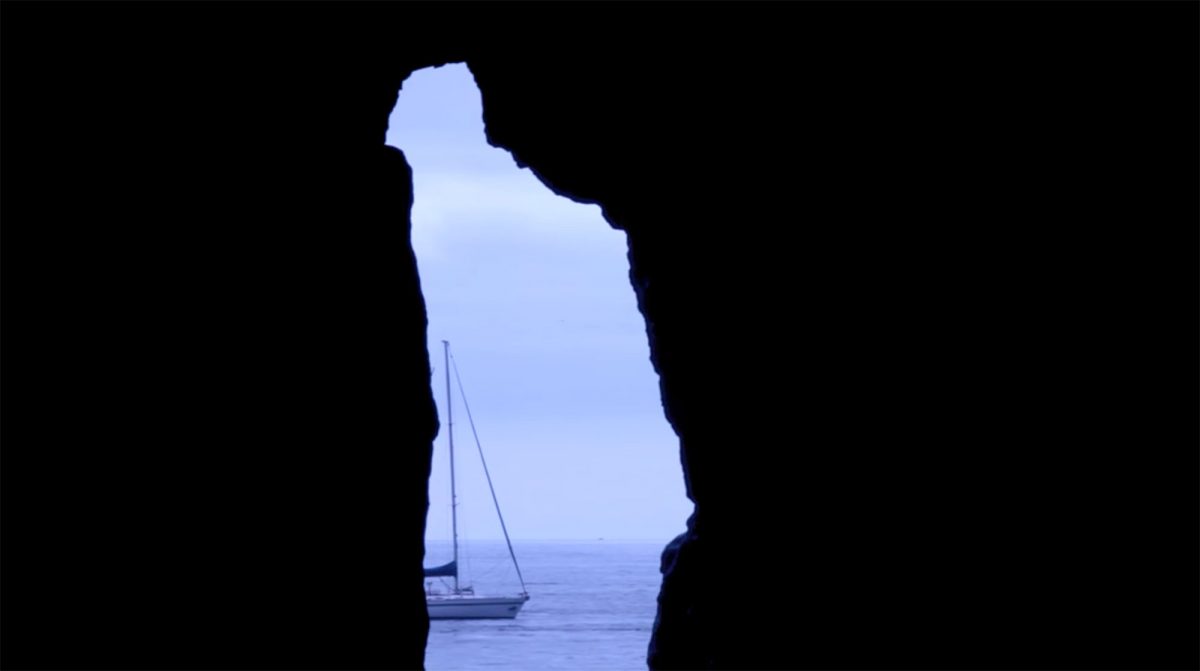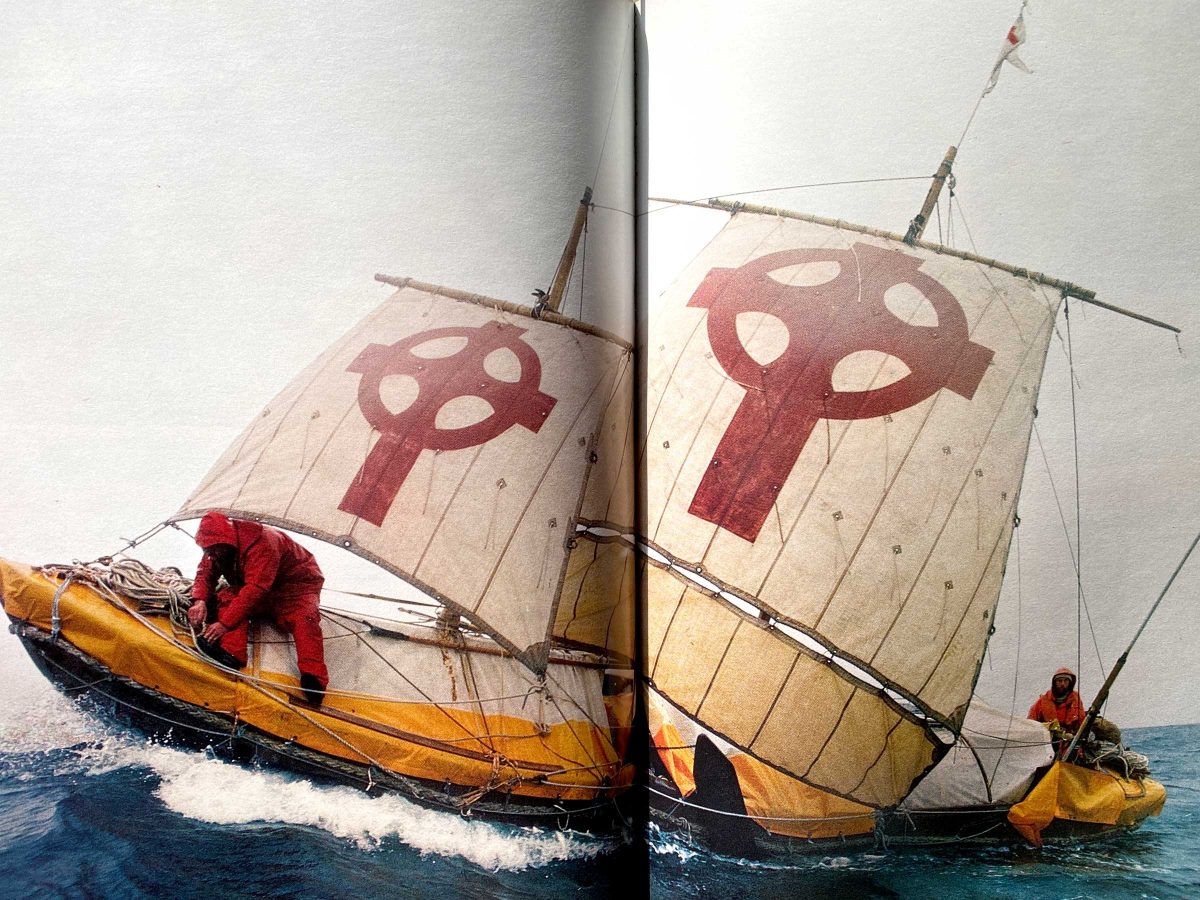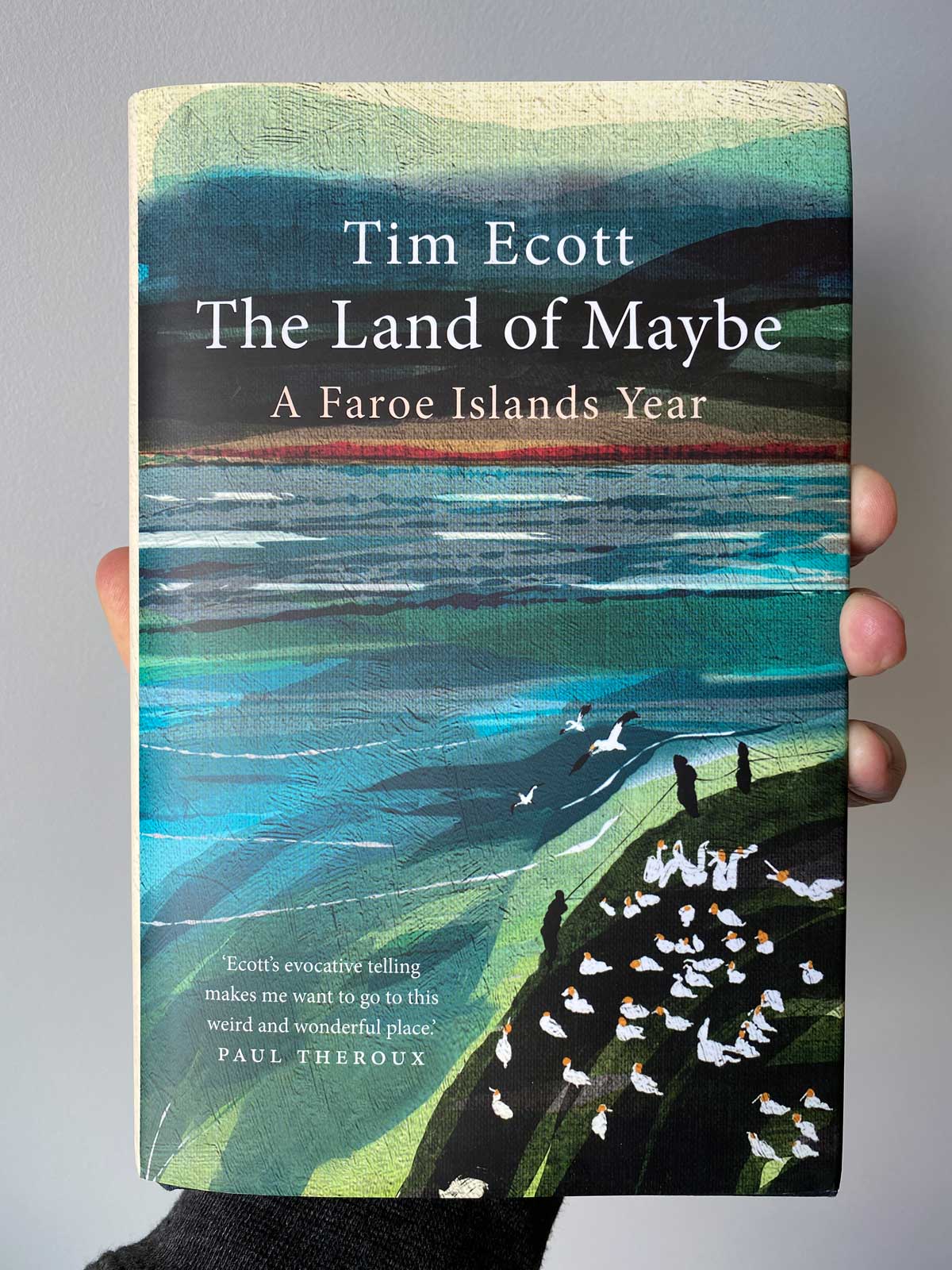I watch a lot of Nordic television; my wife and I joke that we can spot Danish actors more easily than American ones. So of course I was excited that someone finally filmed a crime drama set in the Faroe Islands. Trom is a police procedural, adapted from novels by Jógvan Isaksen. Most of the action is set in Tórshavn, although there are scenes from many of the islands and it’s fun to identify locations throughout the 6-episode season.
